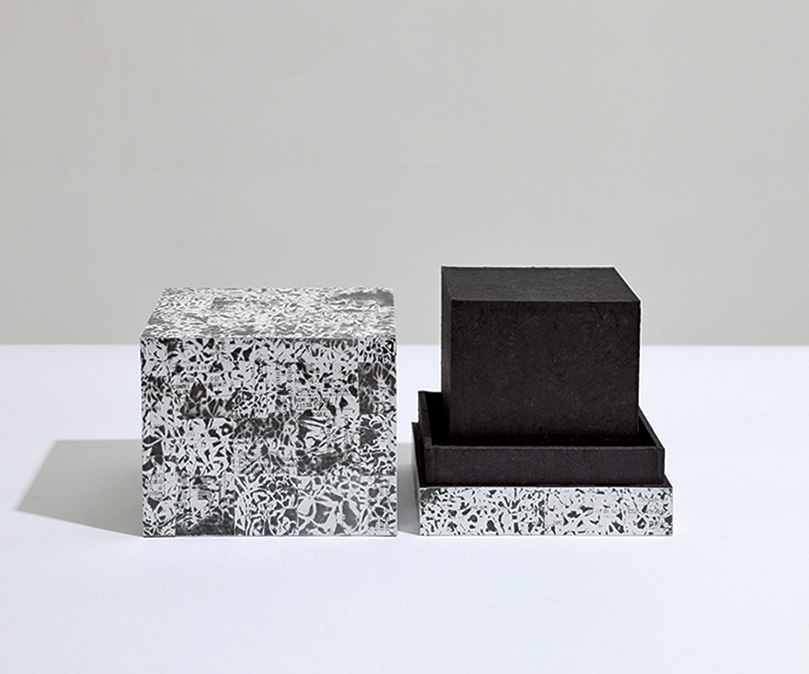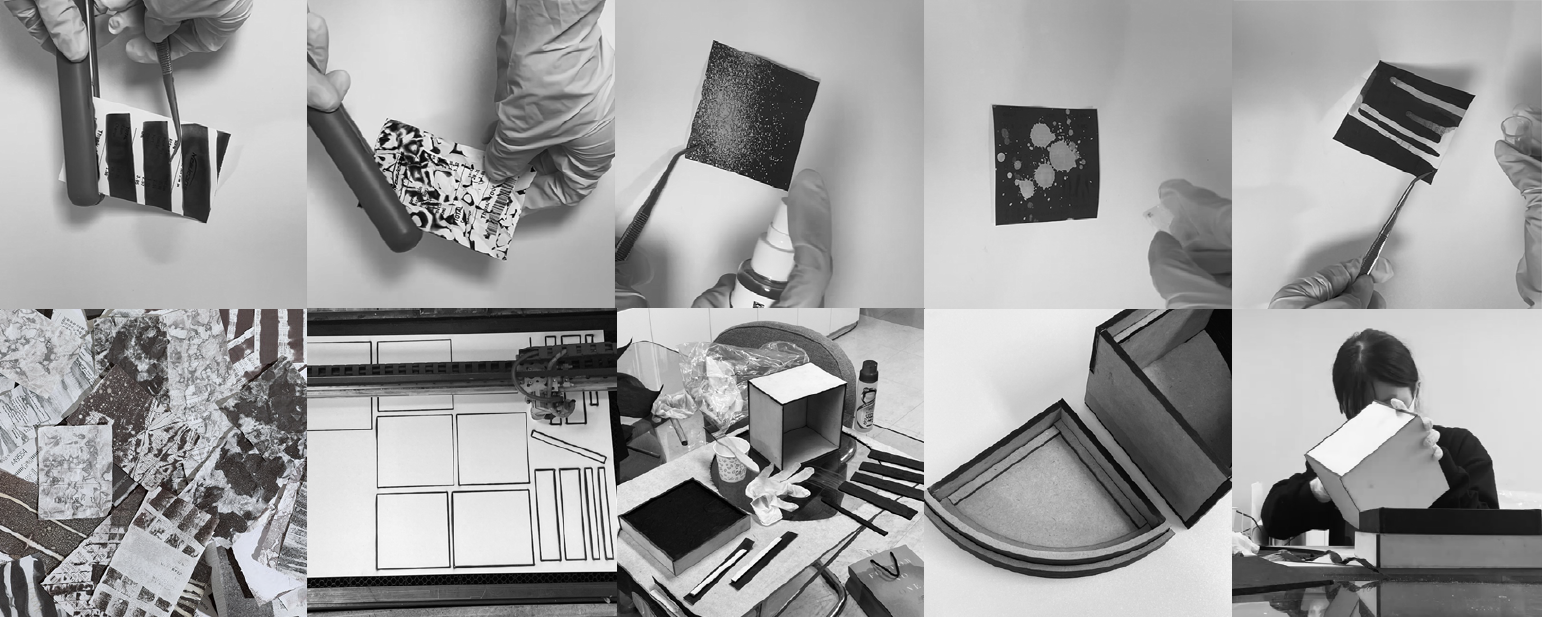
01 Why did you choose a RECEIPT as an ingredient? Explain the ingredient.
Receipts are probably the paper records that have the shortest life. Just as the saying "Please throw away the receipts" has become a common practice, most receipts are thrown away immediately upon issuance. Also, receipts are made from paper but are non-recyclable garbage. The receipts are classified as incineration waste because they are made from specially coated thermal paper and contain personal information. This causes serious environmental pollution.



02 What is the design intention?
It is an urn for a complete death. A receipt is the result of a monetary transaction between a consumer and a merchant. If you think about it, all of our memories involve monetary transactions and receipts. From my first pair of shoes my dad bought me, to the Gimbap I ate on a kindergarten picnic, to the gifts I gave my parents, to my favorite chocolate cake, to my last meal with my family. Every memory moment is recorded (whether we like it or not) in an objective proof, a receipt. Just as the frames come together to make a movie, I want the deceased to be wrapped in their own pieces on their final journey, remembering everyone. own pieces on their final journey, remembering everyone.


03 What are the craft techniques used? Explain the craft technique you have chosen.
Ji-jang craft, a traditional Korean paper craft. It's a technique that uses a paper glue to evenly apply Han-ji after creating a frame. I first made a frame out of two materials, hardboard and MDF, and finished the inside with white and black Han-ji (a traditional Korean paper), and the outside with receipts.

04 Describe the Production Process of the Work.
Thermal paper as a receipt works on two principles : First, when heat is applied, the dye becomes colorful, and second, when ethanol or a basic substance is applied to the paper, it becomes colorless again. These two properties were used to study the different patterns of receipts. I found interesting patterns that varied depending on the state of the receipt (basic, folded, wrapped, curled, etc.) and how the ethanol was applied (sprayed, sprinkled, dropped, spilled, etc.). These patterns closely resemble ink and oriental patterns and represent life and death.
'VOL. 17' 카테고리의 다른 글
| Paperlink Communication (0) | 2024.03.28 |
|---|---|
| Point, Line, Plane (0) | 2024.03.28 |
| The Warmth of Paper (0) | 2024.03.28 |
| Little Forest (0) | 2024.03.28 |



